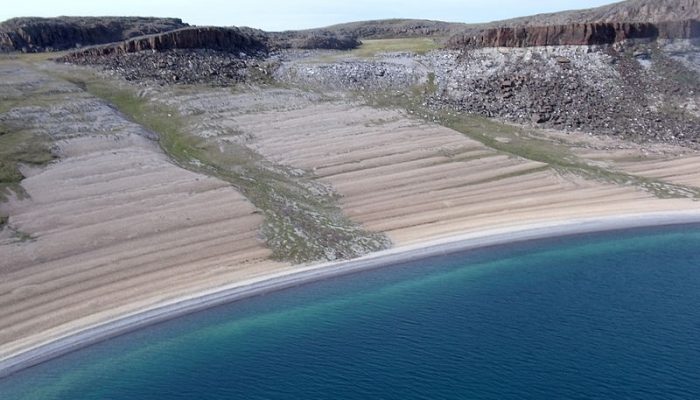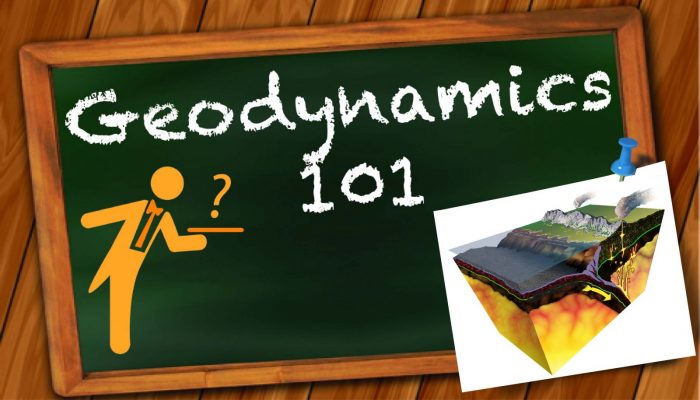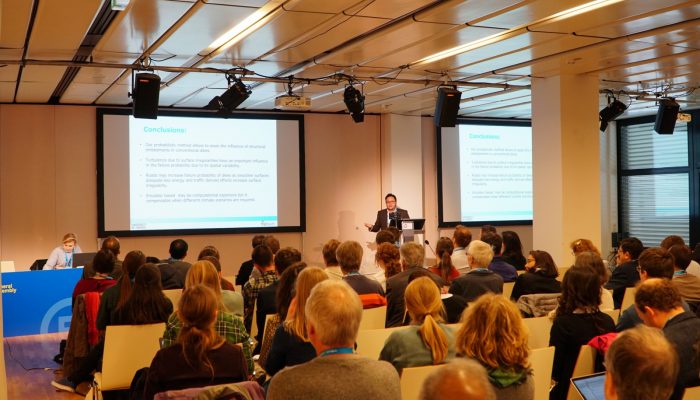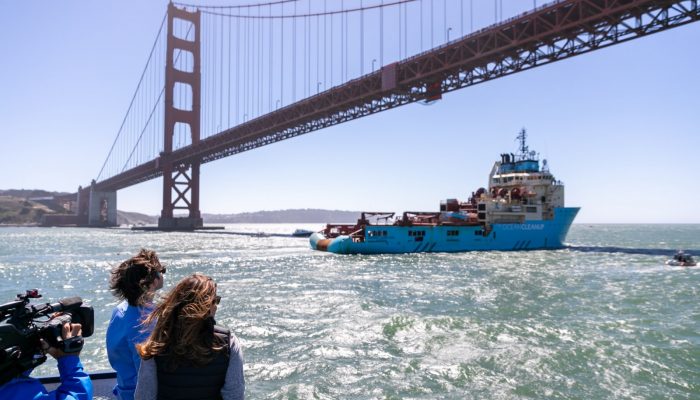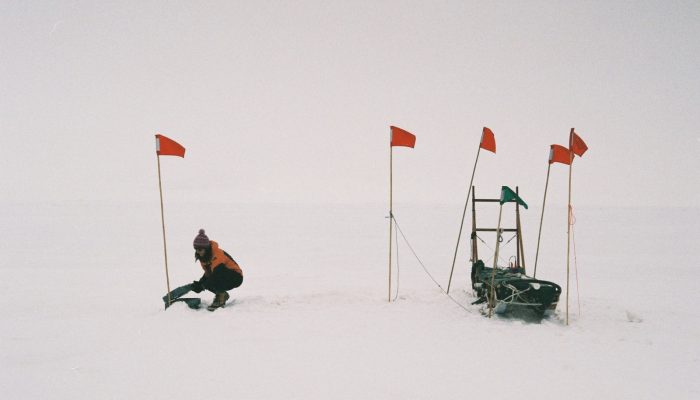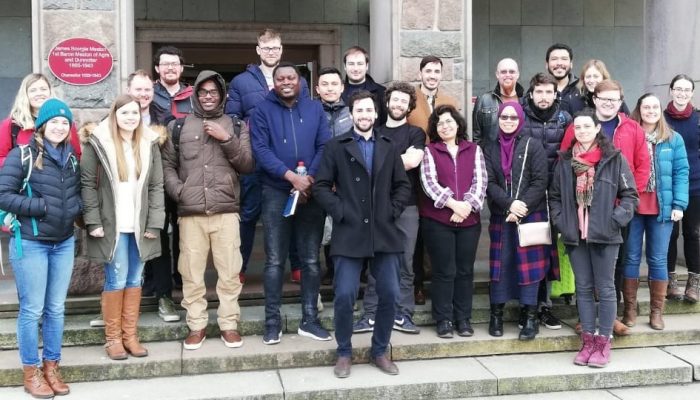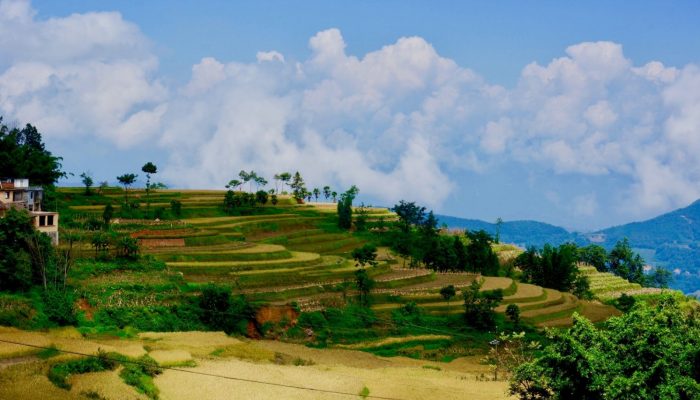Global sea level is rising and will continue to do so over the next century, as has once again been shown in the recent IPCC special report on 1.5°C. But did you know that, in some places of our planet, local sea level is actually falling, and this due to rising of the continent itself?! Where is this happening? In places where huge ice sheets used to cover the land surface during the last ...[Read More]
Geodynamics
How to make a subduction zone on Earth
Subduction zones are ubiquitous features on Earth, and an integral part of plate tectonics. They are known to have a very important role in modulating climate on Earth, and are believed to have played an essential part in making the Earth’s surface habitable, a role that extends to present-day. This week, Antoniette Greta Grima writes about the ongoing debate on how subduction zones form and persi ...[Read More]
GeoLog
Presenting at the General Assembly 2019: A quick ‘how to’ from the EGU
The schedule is out, presentation slots have been assigned and it’s time to start thinking about putting yours together. Whether you have an oral, poster or PICO slot, we have a suite of simple guidelines to get you ready for the conference! Orals The guidelines for oral presentations are online. All oral presentations should have the dimensions 16:9 or 4:3 and last about 12 minutes, with 3 minute ...[Read More]
Geology for Global Development
Private solutions, public science: how to bridge the gap?
The urgency around many sustainability issues leads some billionaire investors to throw caution in the wind, frustrated with the pace of academic research. Robert Emberson sympathises with private projects like the Ocean Cleanup, even when things go wrong. ‘How’, he asks, ‘might we build a constructive bridge between ambitious entrepreneurs and scientific sceptics? ‘ Reading and writing about sust ...[Read More]
GeoLog
Imaggeo on Mondays: Exploring the underground cryosphere
The winter season is a good time to take advantage of cold weather activities, whether that’s hitting the ski slopes or warming up by a fire, but for Renato R. Colucci, it’s also one of the best time’s to study the Earth’s underground cryosphere. Colucci, who took this featured photograph, is a researcher at Italian Institute for Marine Sciences (ISMAR) of the National Research Council (CNR) and i ...[Read More]
Cryospheric Sciences
Bridging the crevasse: working toward gender equity in the cryosphere
Today is International Women’s Day. As three early career glaciologists, we set out to investigate the state of gender diversity in the cryospheric sciences. Is there a better day for this than the day of recognition of the fight for women’s rights across the globe? “The extreme nature of high alpine and polar environments made the rhetoric of mountaineering and glaciology heroic and masculine, wh ...[Read More]
Seismology
Taking into account the cultural context to improve scientific communication – Lessons learned from earthquakes in Mayotte
by Laure Fallou and Rémy Bossu Since 10th May 2018, a series of earthquakes has hit Mayotte Island, and it has not stopped yet. This seismic activity is very unusual in the area and has left not only the citizens, but also the authorities and the scientific community puzzled. Soon after the outset of the crisis one could observe the rise of a distrust atmosphere and of conspiracy theories.
Stratigraphy, Sedimentology and Palaeontology
Palynological applications to sedimentology – a BSRG workshop
The 2019 BSRG workshop ‘Palynological Applications to Sedimentology’ was held at the University of Aberdeen from the 17th-19th February. The trip was led by palynology experts Dr. Adam McArthur (University of Leeds), Dr. Alena Ebinghaus (University of Aberdeen) and Dr. Manuel Vieira (Shell), organised by Dan Tek from the University of Leeds, and sponsored by the International Association of Sedime ...[Read More]
GeoLog
EGU 2019: Connect at the Networking & Early Career Scientists’ Zone
The EGU General Assembly, the largest geoscience conference in Europe, attracts more than 15,000 participants every year. While there are countless opportunities throughout the week to meet new people and reconnect with colleagues, the convention centre can be overwhelming, especially for early career scientists (ECS) and first-time attendees. The Networking & Early Career Scientists’ Zone (fo ...[Read More]
Natural Hazards
Anthropogenic changes of the landscape and natural hazards
In this post, I had the pleasure to interview Paolo Tarolli, a very active member of the EGU community and a brilliant scientist. He is Professor in Water Resources Management and Integrated Watershed Management, and head of Earth Surface Processes and Society research group at the Università degli Studi di Padova (Italy). He has a PhD in Environmental Watershed Management and Geomatics and has wo ...[Read More]

